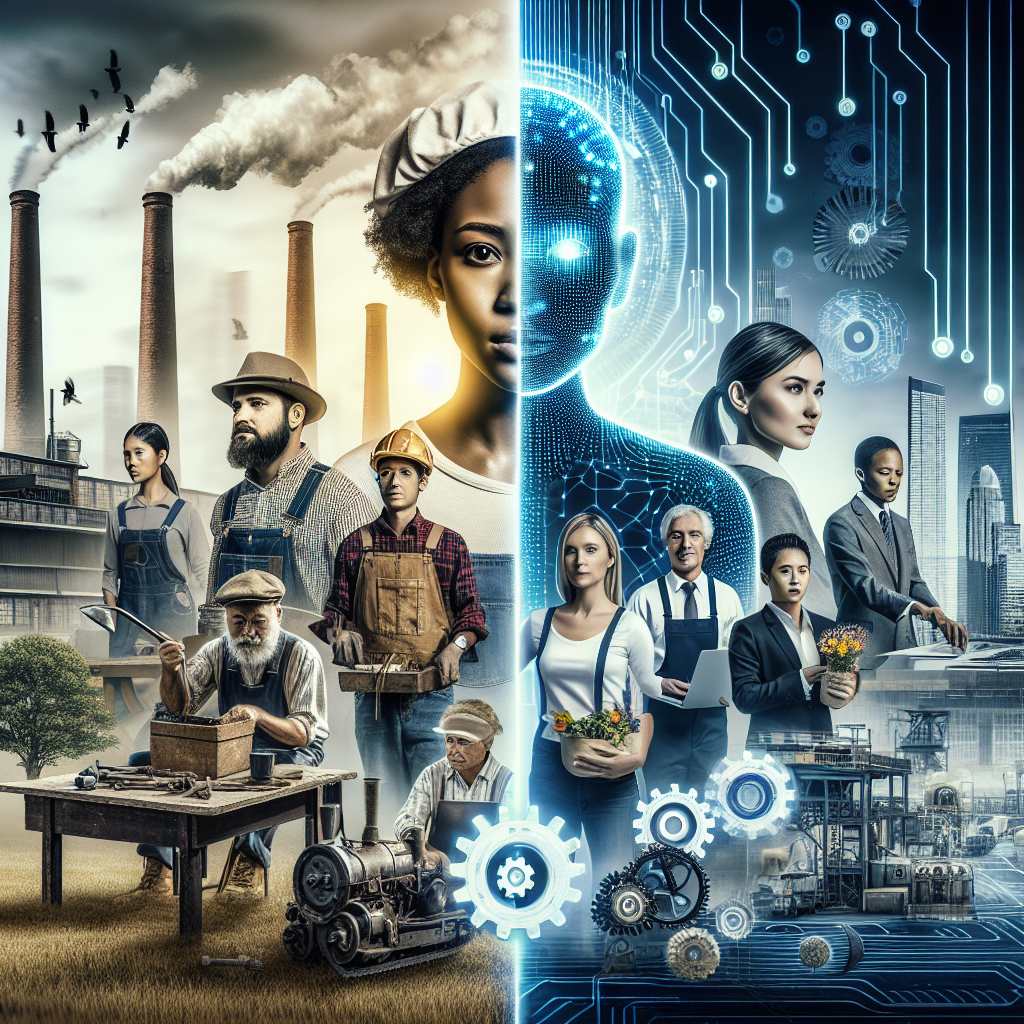As artificial intelligence (AI) continues to permeate various sectors, the longstanding debate regarding its effects on employment has intensified. While some experts forecast substantial job losses, others believe the emphasis should be placed on transforming existing roles. The truth likely resides in a nuanced middle ground, as AI reconfigures labor markets in intricate ways.
The Scope of Job Losses
Automation of Repetitive Tasks
One of the most immediate impacts of AI is the automation of repetitive and routine tasks. Industries like manufacturing, customer service, and data entry are particularly at risk. A report from McKinsey suggests that as many as 800 million jobs worldwide could be lost to automation by 2030. This staggering statistic raises valid concerns for workers in these fields, as the skills needed are often basic and easily replaced by machines.
Widening Economic Gaps
Job losses may extend beyond specific sectors, further aggravating existing economic inequalities. Workers with lower educational backgrounds may find it increasingly difficult to adjust to a technology-driven job market, potentially leading to wider disparities. Conversely, those in higher-skilled positions—especially in technology, healthcare, and education—might face fewer interruptions, exacerbating the divide across different socio-economic classes.
The Argument for Job Transformation
Emerging Roles and Opportunities
While AI may displace some positions, it also has the capacity to create new opportunities. The World Economic Forum forecasts that by 2025, around 97 million new jobs could arise due to advancements in AI and automation, particularly in tech-focused areas. These new roles will demand a distinct set of skills, such as problem-solving, critical thinking, and emotional intelligence—attributes that machines still struggle to emulate.
Advancing Skills
To succeed in this changing workplace, workers must evolve their skill sets to align with new demands. Companies are increasingly focusing on upskilling and reskilling initiatives to assist employees in transitioning to new roles. This transformation is crucial not only for maintaining job security but also for enhancing overall productivity and innovation within organizations. For instance, workers trained in AI technologies, data analysis, and human-AI interaction are expected to be in high demand.
The Hybrid Work Environment
Human-AI Collaboration
The future of work is expected to be marked by collaboration between humans and AI, rather than complete replacement. AI can manage routine tasks, freeing up employees to engage in more valuable work that calls for creativity, empathy, and strategic thought. This cooperative dynamic can foster greater productivity and innovation.
Flexible Workforce
A workforce that welcomes change through ongoing learning will be pivotal. The focus should be on cultivating a culture of adaptability where employees are motivated to acquire new skills and explore diverse roles. Organizations that emphasize flexibility and customized career development will thrive in this transformed landscape.
Conclusion: Striking a Balance
The dual effects of AI on job loss and job transformation present both challenges and opportunities. While certain roles may vanish, new positions and possibilities will arise, requiring significant shifts in workforce skills and corporate strategies. As we navigate this complex terrain, a balanced approach prioritizing upskilling, reskilling, and cooperation between humans and machines will be vital. By tackling these challenges proactively, society can leverage the advantages of AI while minimizing its potential drawbacks within the labor market.

